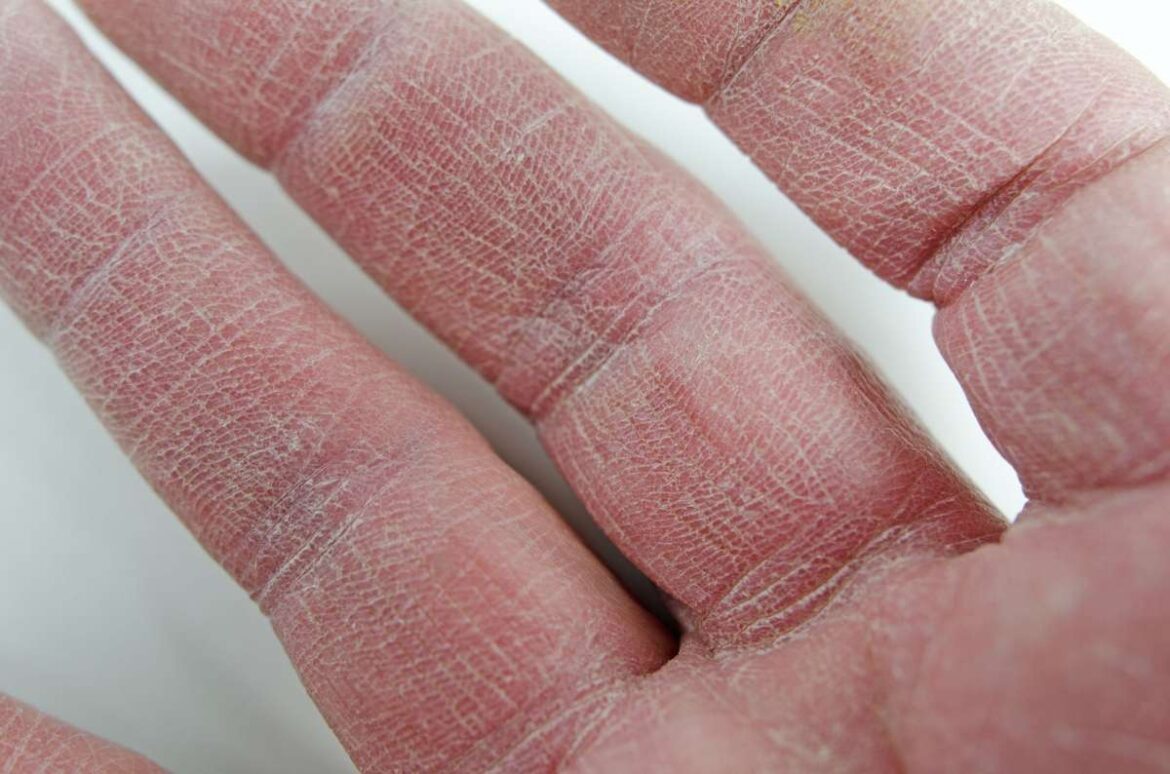Does Cracked Skin Put More Risk of getting A Viral Infection?
| On Aug05,2021
What is cracked skin?
According to the American Association of Dermatology (AAD), the fissures, or cuts, that mark cracked skin typically occur when a person’s skin is dry or irritated. Dry and cracked skin can:
- itch
- flake
- bleed
Some people may feel unpleasant sensations when applying any product to cracked skin. Their skin may also feel more sensitive to water temperature and household cleaning products.
Cracked skin can appear on any part of the body, but it is especially noticeable on exposed areas, such as the hands.
Is Dry Skin More Prone To Infections?
If you’re prone to develop this condition, excessive dryness can lead to activation of the disease, causing redness, cracking and inflammation. Infections. Dry skin may crack, allowing bacteria to enter, causing infections.
Cracked, dry skin or any break in the skin, provides an opportunity for bacteria and viruses like staphylococcus bacteria or fungal infections to enter the body and cause health problems. A break in the skin also means you can more easily pass an infection from yourself to others.
Can you get an infection from cracked skin?
How can you tell if a skin infection is viral?
Causes
Cracked skin on the hands, feet, and lips can develop for a variety of reasons.
Dry skin
The AAD note that harsh winter temperatures and wind can irritate the skin. When air humidity drops, the skin can become dry and start to crack.
In cold or dry weather, many people also develop dry and cracked lips. Licking, biting, and picking can make cracked lips worse.
Eczema
People with eczema, or atopic dermatitis, have dry and itchy skin. The skin may look red and inflamed. Often, scratching will make the rash worse.
Eczema occurs when the skin barrier allows too much moisture to escape. The lack of moisture leads to dryness and, sometimes, cracked skin. It is not always clear what causes eczema, but it can run in families.
Psoriasis
Psoriasis is an autoimmune condition trusted Source that affects the skin. People with psoriasis have patches of extremely dry skin, typically on the scalp, trunk, and around the joints. However, patches can appear anywhere on the body. Some people with psoriasis also experience pain.
Athlete’s foot
An athlete’s foot, or tinea pedis, is an infection of the feet caused by ringworm. Ringworm is a type of fungus. Symptoms of athlete’s foot include:
- itchiness
- a rash between the toes
- skin peeling
- cracking of the skin
People are more likely to get athlete’s foot if they spend a lot of time in water, sweat a lot, or wear shoes that do not allow the skin to breathe.
Diabetic neuropathy
People living with diabetes may develop problems with their feet. This includes dry or cracked skin.
Due to changes in their nervous system, people with diabetes have feet that sweat less. While too much moisture is a risk factor for an athlete’s foot, too little can make the skin dry, causing fissures.
As some people cannot see the soles of their feet, they must rely on a partner or their doctor to check them. Cracked skin on the feet can go unnoticed until the person develops an infection or a painful skin ulcer.
Final Words
Cracked, dry skin or any break in the skin, provides an opportunity for bacteria and viruses like staphylococcus bacteria or fungal infections to enter the body and cause health problems. A break in the skin also means you can more easily pass an infection from yourself to others.

